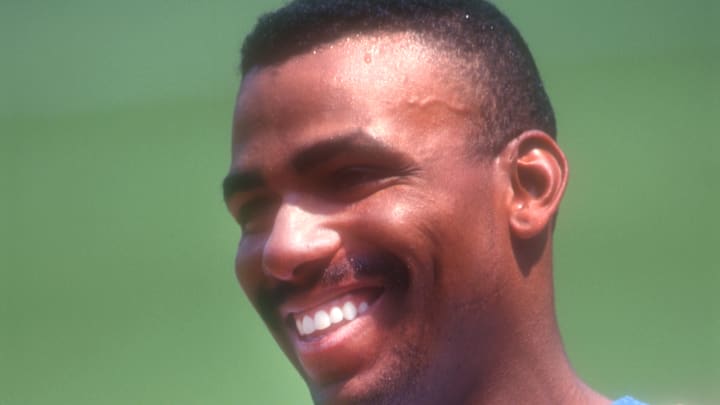3) George Foster became a huge headache for the New York Mets during one of the best seasons in the team's history
George Foster became a household name when he had a monster year in 1977 leading the Major Leagues with 52 dingers and 149 runs batted in. Foster had hit 248 homers in his 10 seasons prior to joining the Mets. He hit the majority of his home runs during the four-year span from 1976 through 1979 when he hit 29, 52, 40, and 30 home runs, which included a .301 batting average and 122 RBI per year. Other than those four seasons, Foster was nothing special. And it could be said that he benefited greatly from being in a lineup with Hall of Famers Johnny Bench, Joe Morgan, and Tony Perez.
Whether it was that Reds management saw the imminent decline of the Big Red Machine, or Foster had worn out his welcome in Cincinnati, but the Reds were looking to unload Foster on some unsuspecting team. And the Mets, always looking for a bargain, took the bait.
Foster was already in obvious decline when the Mets acquired him and, yet, they still awarded him with a new five-year $10 million contract just to approve the trade, making him the second highest paid player in the game.
He, of course, didn’t even remotely live up to the expectations. And when he was struggling in the midst of a pennant drive in 1986, Foster was finally taken out of the lineup by then manager Davey Johnson. Foster immediately ran to the press and accused Johnson and the Mets of racism. The problem was that the Mets biggest poster children were Dwight Gooden and Darryl Strawberry. Oh, and the player who took away Foster’s playing time was some kid named Kevin Mitchell. Foster apparently didn’t put much thought into the allegations he was making. And it just gave the fans, the media, and teammates to show disdain for him.
